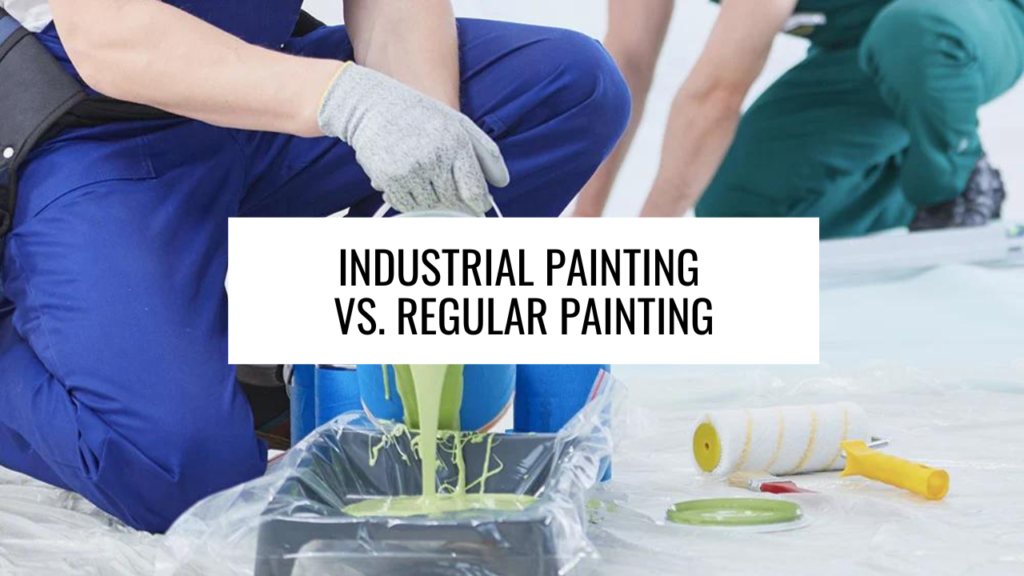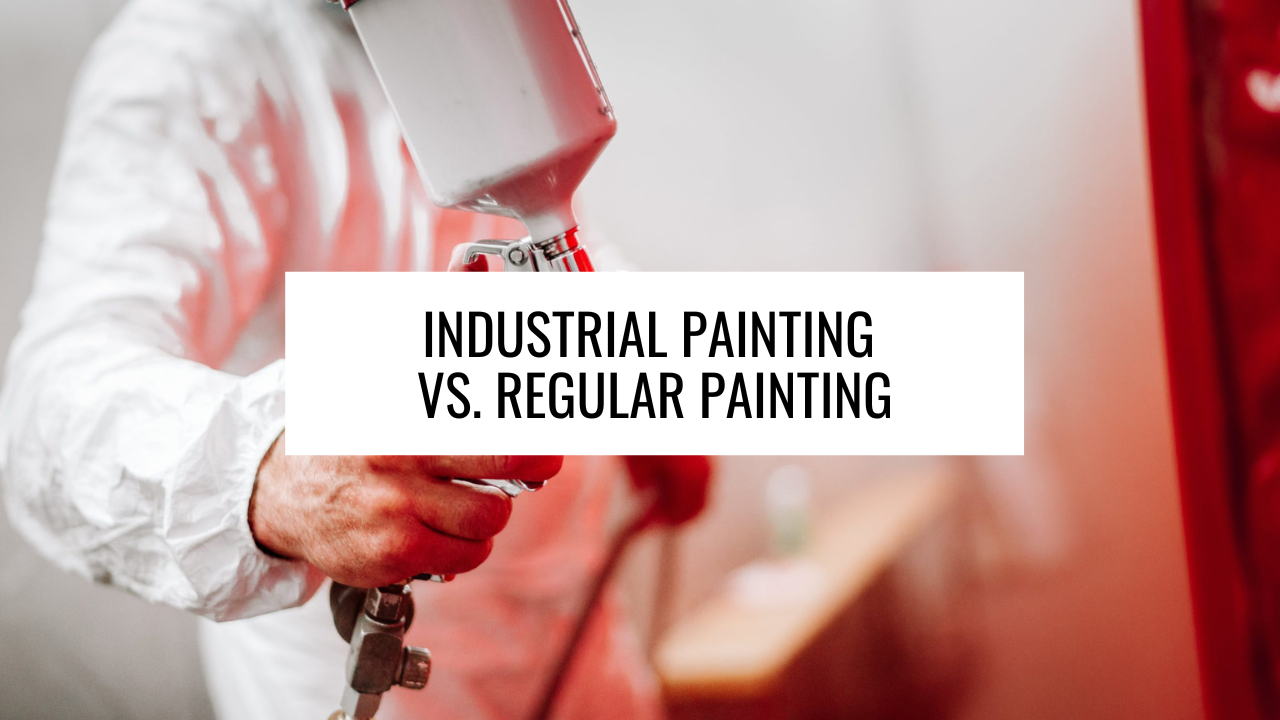When it comes to painting, there’s more than meets the eye, especially in a diverse and bustling city like Toronto. Painting isn’t just about applying a fresh coat of color to a surface; it encompasses a wide range of techniques, materials, and considerations. In Toronto, a city known for its blend of modern skyscrapers and historic architecture, the differences between industrial painting and regular painting are particularly noteworthy. Let’s dive into the distinctions between Industrial Painting vs. Regular Painting.
Scope and Purpose:
Industrial painting and regular painting serve different purposes based on the surfaces they cover. Regular painting is what you might encounter in residential settings, offices, and retail spaces. It focuses on aesthetics and creating visually appealing environments. On the other hand, industrial painting is geared towards protecting and preserving surfaces that endure harsh conditions. Think of bridges, warehouses, factories, and other structures that need to withstand weather, chemicals, and other stresses.
Materials and Techniques:
Industrial painting requires specialized materials and techniques. High-performance coatings are often used to provide durability and resistance to corrosion, chemicals, UV radiation, and extreme temperatures. Regular painting primarily involves acrylic or latex paints, emphasizing colors and textures that enhance interiors and exteriors aesthetically.
Preparation and Surface Treatment:
Industrial painting demands meticulous preparation due to the challenging environments it addresses. This may involve abrasive blasting to remove rust, corrosion, and old paint, ensuring optimal adhesion for the new coating. Regular painting also requires preparation, but the level of surface treatment isn’t as intensive.
Environmental Considerations:
In Toronto’s eco-conscious environment, both industrial and regular painting have their environmental implications. Regular paints might emit volatile organic compounds (VOCs) during application, impacting indoor air quality. However, there are low-VOC and zero-VOC options available to minimize this concern. Industrial coatings are also evolving to be more environmentally friendly, with water-based and low-solvent options gaining popularity.
Regulations and Compliance:
Toronto’s urban landscape is governed by strict regulations to maintain safety and aesthetics. Industrial painting projects often need to adhere to additional regulations due to the potential impact on nearby communities, waterways, and ecosystems. Regular painting projects also need to comply with zoning regulations and historical preservation guidelines in certain areas of the city.
Specialized Expertise:
Industrial painting requires specialized training and expertise. Professionals in this field need to understand the complexities of corrosion prevention, surface preparation, and the application of heavy-duty coatings. Regular painting, while also a skill, tends to focus more on color selection, design, and aesthetics.
Cost Factors:
Due to the complexity of industrial painting and the specialized materials involved, it’s often more expensive than regular painting. The investment is justified by the increased lifespan and protection that the coatings provide to the structures. Regular painting is generally more affordable but offers less durability in comparison.
In the dynamic city of Toronto, where history meets innovation and architecture is a blend of old and new, both industrial painting and regular painting play crucial roles. Whether it’s preserving the iconic CN Tower or giving a fresh look to a cozy downtown café, these painting approaches contribute to the visual and functional aspects of the cityscape.
Conclusion: Industrial Painting vs. Regular Painting: Understanding the Differences in Toronto
The differences between industrial painting and regular painting in Toronto are substantial. Each approach serves distinct purposes and requires specialized skills, materials, and considerations. From protecting massive industrial structures to enhancing the ambiance of homes and businesses, these painting techniques combine to shape the vibrant and diverse urban tapestry that is Toronto. For help, refer to professional painters such as Sarson Painting.


